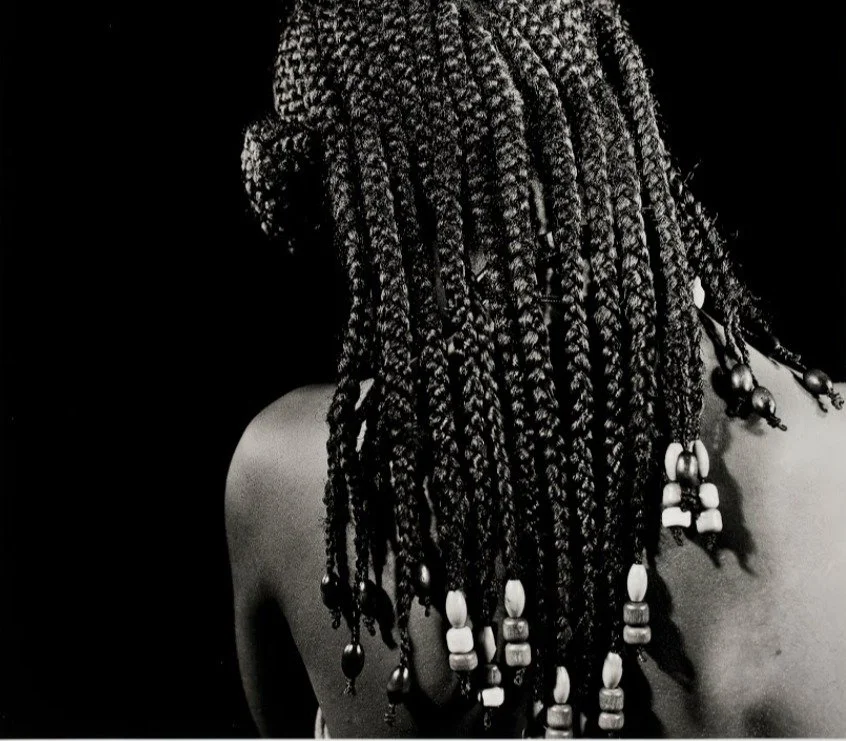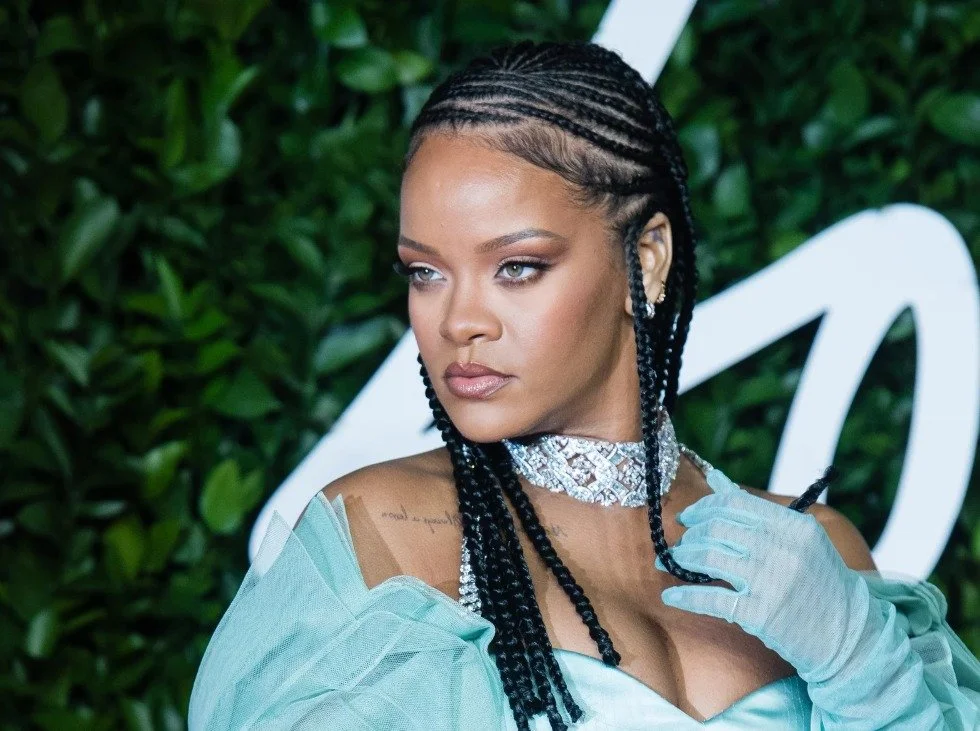The Origin of Cornrows
Almost every West African female child has worn cornrows numerous times in their lifetime. It might not seem like much, but the hairstyle surely is more than just a hairstyle; it is a tradition that runs deeper than hair plaiting and styling. As with many things with African roots, Cornrows serve a more profound meaning beyond what appears as neat rows of hair styled in a unique pattern and left for all to see, admire, and covet. What is this deeper meaning that Cornrows stand for, you ask?
Well, this article answers our question.
Back to The Roots
The history of Cornrows can be traced back to Africa's culturally diverse Western region. According to international educator and stylist Toni Love, Cornrows date back over three thousand years. While it only became a public theme among Black Americans in the 1960s and 1970s as fashion worldwide began to embrace Black-inspired fashion styles and culture, it has always been a common hair culture among Black Americans and the people of Caribbean countries, such as Jamaica.
However, the name “Cornrows” itself is not of African origin. Instead, the name comes from the Black American community of the United States, who were originally from Africa (especially West Africa). Cornrows refer to the appearance of the fields that enslaved Black people would work in all day long, only left to care for themselves when the sun went beyond the horizon. That would mean the hairstyle was a fashion before free men became enslaved.
Meanwhile, in West Africa, particularly Nigeria, the Cornrows hairstyle is known as “Didi” or “Kolese”, where both words mean “packed hair” or “tied hair” and “no legs”. This hairstyle is known among the Yoruba tribe of Nigeria, the ancient Nok civilization of Nigeria, the Dan of Ivory Coast, and the Mende of Sierra Leone. It has also been linked to certain tribes that reside in the Sahara, the Horn of Africa, Ethiopia, and Nubia.
However, there are other stories.
Legend has it that the Cornrows were first used by warriors who sought to keep the hair away from their faces during battle. A second story says that Cornrows used to be a way for enslaved Black people to map out escape routes in large slavery plantations. While both myths sound quite believable and logical, no concrete evidence supports them.
However, one fact is sure: Cornrows can be used to identify social status in societies—the more complex the weave, the more critical the wearer's status. Cornrows could also be used to communicate social and religious beliefs and to pass on stories and folklore.
What Cornrows Mean in the Present World
The culture of cornrows today has crossed the boundaries of the African continent. Exported via the slave trade, cornrows have become a staple in modern-day hairstyles and fashion. At one time, Cornrows were deemed for enslaved people only. However, today, many celebrities, fashion icons, and sportspeople of African descent have adopted it and worn it proudly, displaying a form of solidarity for Black culture and its aesthetic and historical significance, while others appropriate the culture and are still learning about the true meaning behind their hairstyle.
A Fitting Conclusion
No matter where Cornrows are found, they will forever remain a remarkable symbol of Africa and its heritage. Cornrows have stood the test of time, being passed down from generation to generation, not even an unpleasant trip across the Atlantic Ocean could stop their spread. They tell us that the African culture is as resilient as the people themselves, despite the centuries of exploitation and oppression.
What else could stand this lengthy test of time, if not a culture firmly rooted in the minds, hearts, and actions of the people who made themselves responsible for its propagation?


